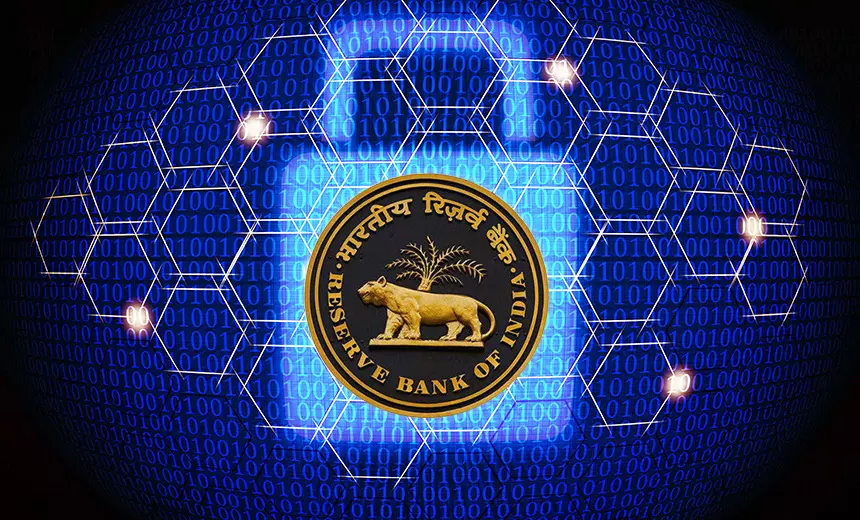Rate hikes since May '22 helped reduce inflation by 1.60%: RBI paper
The paper released argued that a significant negative impact on inflation expectations is observed on account of policy rate tightening on the real economy
image for illustrative purpose

Mumbai: The cumulative rate hikes of 2.5 percentage points by the central bank since May 2022 negatively impacted headline inflation by 1.60 per cent, a paper by senior RBI staffers said on Monday. "Policy rate increases have anchored inflation expectations and modulated aggregate demand, generating disinflationary responses," the paper by Deputy Governor Michael Patra, Indranil Bhattacharyya, Joice John and Avnish Kumar, said.
Making it clear that the paper does not represent the views of the central bank, the study on monetary policy transmission found that monetary policy changes affect short-term interest rates more than long-term rates. "The macroeconomic impact of monetary policy on aggregate demand and inflation indicate that the 2.50 per cent increase since May 2022 has negatively contributed to aggregate demand and headline inflation by 160 bps each till Q2:2024-25, working through various channels of policy transmission," it said.
It can be noted that in the past, the RBI brass has denied that the elevated interest rates has had any impact on the growth. In the past, questions have also been asked in some quarters about the impact monetary policy can have on inflation when it is fuelled by supply-side factors. The RBI paper released on Monday argued that a significant negative impact on inflation expectations is observed on account of policy rate tightening on the real economy. The long-run elasticity of the policy rate with respect to inflation expectation reveals that an increase in policy rate anchors expectations effectively, it added.
It said anticipated policy changes do not have any instantaneous impact on long-term rates but policy "surprises" significantly impact all market segments and across tenors. "Policy 'surprises' are found to have a relatively lower but significant pass-through to the exchange rate and equity prices," it elaborated.

